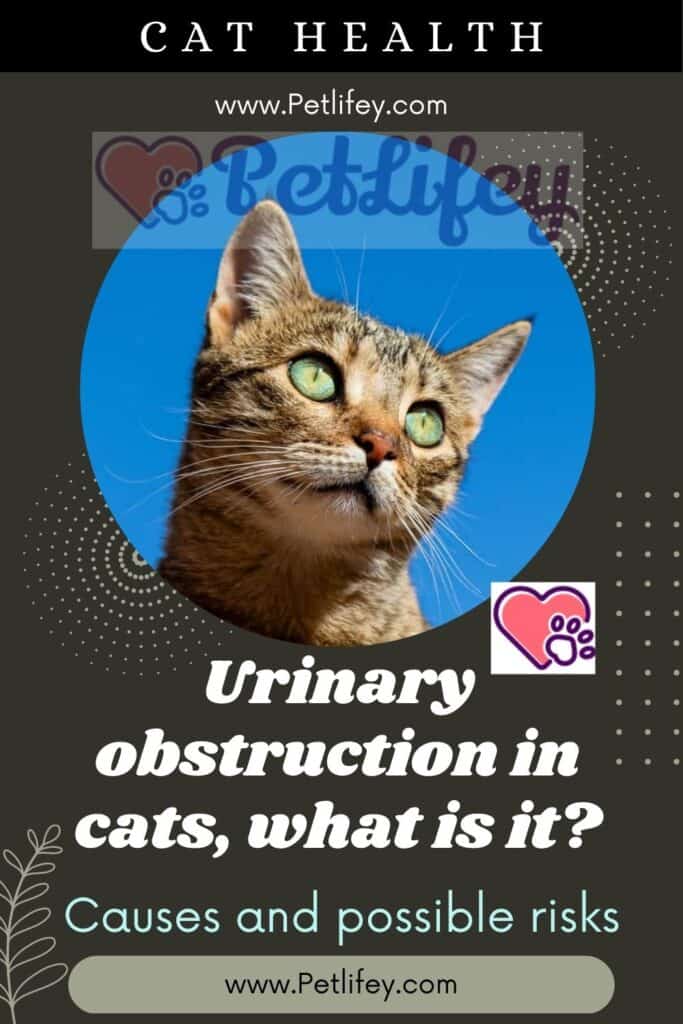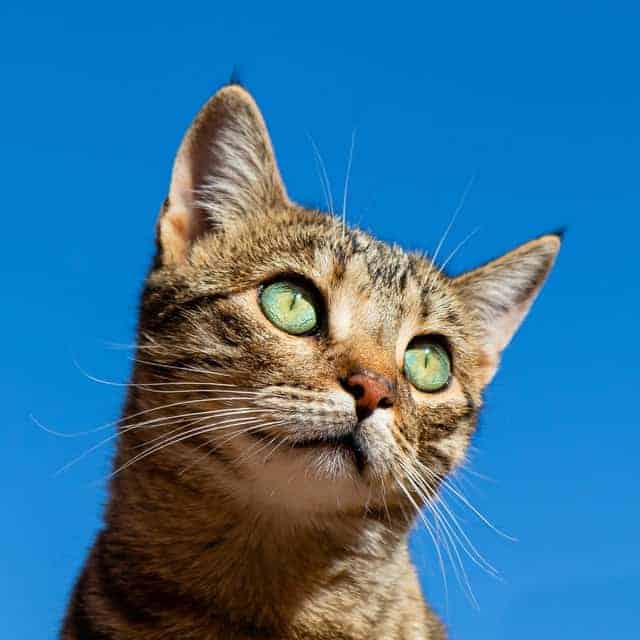Urinary obstruction in cats is a very dangerous condition for the cat’s health: here’s how to intervene promptly.

It may happen that in the evening we leave our perky cat at home while in the morning we find him dejected, nervous and having difficulty using the litter box. What will it have? We may think that in some way we are responsible for it, it might as well be. But what if the cat has a urinary obstruction? What could be the causes and what are the possible risks for Kitty? Let’s find out together.
Causes and risks of urinary obstruction in cats
Whenever our animal friends are sick it is always a thud in the chest for us: we feel helpless and it is not easy to know immediately how to help them.
It is known that the health of our cat can have some weaknesses, often linked to an incorrect diet, but what about a urinary obstruction?
There are some symptoms that should make us think about taking the cat to the vet right away, because they can get worse:
- Agitation
- Repeated attempts to urinate, without success
- Small emissions of urine with live blood
- Compulsive licking of the private parts
- Lack of appetite
- Nervousness
- Abdominal swelling
- He retched
- Apathy
- Tendency not to move
- Lethargy
- Hypothermia
- Death
Since it may happen that the cat does not use the litter box because it may have been moved, even if slightly, or because it has been excessively washed and the cat no longer smells it, we could misinterpret its behaviour.
However, if we find other symptoms than those mentioned, we really should not have doubts: the cat needs a medical examination as soon as possible.
Simply from a manual visit it is not always possible to identify the site of the urinary obstruction, sometimes other instrumental tests are needed.
An ultrasound or x-ray might help the doctor more, but a urine culture test would also help identify the cause.
It may also be that the cause of a urinary obstruction in cats is not just one but several:
- Calculosis
- Anatomical malformations
- Tumors
- Cystitis
- Ureteral plug.
The vet will intervene promptly. Almost always the cat will be sedated, so as to be easier to help him, given his agitated condition.
If the situation were not serious, it would be resolved through the application of a ureteral catheter: it is however a delicate action that requires general anesthesia and a post-operative procedure.
If, on the other hand, the urinary obstruction cannot be resolved with the application of a ureteral stent, the veterinarian will be forced to remove the obstructed tract of the cat’s urethra ( urethrostomy ).
In both cases, the doctor may deem it appropriate to hospitalize the cat in intensive care for a few days.
He can also prescribe other drugs to administer to Micio even after returning home: another danger would be post-operative super infections.
Urinary obstruction in male cats
Purely for a male-female anatomical difference, urinary obstruction appears to be more frequent in a male cat.
We know that urine is formed in the kidney, passes through the ureter into the bladder and, through the urethra, is emitted to the outside.
If the female has a shorter urethra, in the male the urethra extends to the penis and is not only longer but also narrower.
It can be deduced that the male is more likely to form a plug in the urethra: not only calcareous but could also have the nature of a blood clot.
The symptoms of urinary obstruction would always be the same, accompanied by the cat’s moans and a tendency to spray urine everywhere, while not urinating.
A timely intervention is vital for the cat: if the urine is not excreted it means that upstream of the obstruction it will accumulate in the bladder.
In the meantime, it continues to be produced by the kidneys and the animal literally finds itself swelling: the worst risk, in addition to possible infections, is that of affecting renal function.
Blood pressure is also regulated in the kidney and, as a result, a kidney failure would quickly trigger a heart block with death of the animal.
Unfortunately, the death of the cat could occur even if it were brought too late to the clinic: the bladder could get so full that it could be injured, ruptured and generate septicemia in the cat.
If the obstruction is not resolved without surgery, the vet may go to shorten the length of the urethra.
With the urethrostomy it should be practicing a feminization, so that the risk of urinary obstruction is almost reduced in the future.
Useful tips

What to do to prevent the risk of urinary obstruction in cats?
It is very important that our four-legged friend does not skip periodic check-ups at the vet: some diseases would have a completely different outcome if caught in time.
In any case, to avoid them often it would be enough to choose a suitable diet for cat: if we needed a guide, the doctor would be the only one to be more competent than any other.
Unfortunately, as for us, when you are sick you always tend to slip away and be agitated: even if it will not be easy it is good to calm the cat even trying to distract it with games.
Stress for cat would certainly aggravate his state of health: stress is equivalent to hyper production of cortisol, which results in a lowering of the immune defences.
Even when our furry friend comes home after the surgery we will have to be more careful: he will have to drink often and not eat too many protein foods.
To avoid blood clots remaining from the surgery, it is advisable that we stimulate him to move, even for short walks.
This will help to kick-start the metabolism, eliminating possible blood clots with urine and avoiding an additional risk for the animal.
We must remember that an alarm bell is certainly the presence of blood in the urine of the cat: it will have been the fault of the food given to him as a meal or other but it will certainly be advisable to go to the vet.






